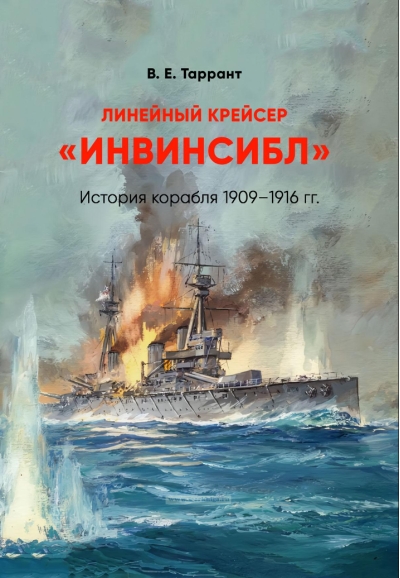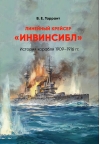Battlecruiser Invincible. History of the ship 1909 - 1916.
19.99 €
The only thing available 1
In the spring of 1906, three ships of a new class were laid down in British shipyards - line cruisers or dreadnought cruisers, as they were first called. The head of the British Royal Navy, Admiral Fisher, considered them ideal ships. "Speed is the best armor!" - Fisher said. In his opinion, the new ship would be able to choose the distance of battle and, using long-range guns and new fire control systems, would destroy any enemy except dreadnoughts, from which it could easily escape.
However, experts predicted that the fleet commander would not resist the temptation to put this ship in line to use its heavy guns. And that's when the line cruiser's weak armor could take its toll.
The most famous of the first trio was the ship with the proud name Invinsible. In its short fate were both predicted triumph and predicted tragedy. In the battle of the Falkland Islands in 1914 line cruisers destroyed the squadron of Admiral von Spee exactly as Admiral Fischer wanted - shooting from afar and not exposing themselves to any risk. But during the Battle of Yutlandskogo battle in 1916, three line cruisers died after the explosions of cellars: their armor could not withstand the hits of heavy German shells. After this tragedy, no one risked laying new line cruisers, and the projects already under construction were hastily redesigned.
However, experts predicted that the fleet commander would not resist the temptation to put this ship in line to use its heavy guns. And that's when the line cruiser's weak armor could take its toll.
The most famous of the first trio was the ship with the proud name Invinsible. In its short fate were both predicted triumph and predicted tragedy. In the battle of the Falkland Islands in 1914 line cruisers destroyed the squadron of Admiral von Spee exactly as Admiral Fischer wanted - shooting from afar and not exposing themselves to any risk. But during the Battle of Yutlandskogo battle in 1916, three line cruisers died after the explosions of cellars: their armor could not withstand the hits of heavy German shells. After this tragedy, no one risked laying new line cruisers, and the projects already under construction were hastily redesigned.
See also:
- All books by the publisher
- All books by the author












